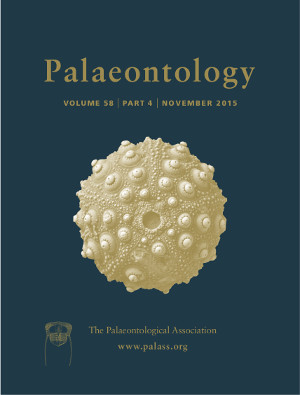Reg. Charity No. 1168330

A review of all available specimens of fossil fishes from the classic Pennsylvanian Joggins locality of Nova Scotia, Canada, reveals the existence of a diverse community of chondrichthyans (xenacanthids, ctenacanthids and the enigmatic Ageleodus), acanthodians (gyracanthids), sarcopterygians (rhizodontids, megalichthyids, rhizodopsids and dipnoans) and actinopterygians (haplolepids). Reassessment of supposed endemic species (Ctenoptychius cristatus, Sagenodus plicatus, Gyracanthus duplicatus) indicates they are invalid, and overall, the assemblage comprises cosmopolitan taxa that were widespread around the coasts of tropical Pangaea. Strontium isotope analysis of fish remains and a critical study of their facies context suggest that these fish communities occupied bodies of water with salinities across the marine–freshwater spectrum. This preponderance of euryhaline forms implies a community structure quite distinct from that of today and might represent a transitory phase prior to the establishment of fully freshwater fish communities. Interpretation of fish ecology provides further evidence that the Joggins Formation was deposited in a paralic setting, and the recognition of one previously undetected brackish incursion strengthens the link between sedimentary cycles at Joggins and Milankovitch‐induced glacio‐eustatic change. Furthermore, interregional correlation of these marine transgressions supports palynostratigraphical arguments for an early Langsettian age for the Joggins Formation. This places tighter constraints on the age of the earliest known crown amniote, Hylonomus lyelli, an important calibration point used in phylogenomic studies.